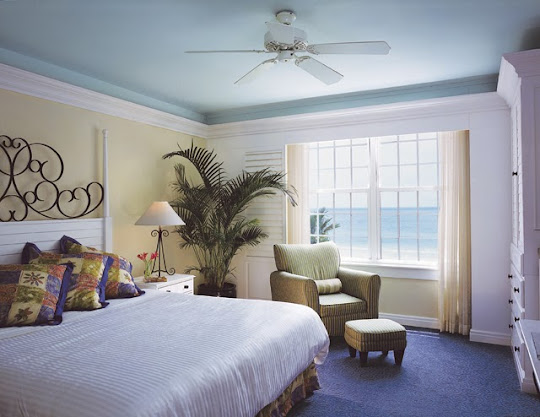We kinda know a lot about the subject of this post, but in a way we kinda don't. He wrote autobiographical articles in Rosicrucian Digest and the pulp publication Fantastic Adventures, but many gaps and unanswered questions remain.
For example, we're not even 100 percent sure of his name; he was listed as Georg Karl Tänzler on his marriage certificate, Carl Tanzler von Cosel on his United States citizenship papers and hospital records, and simply Carl Tanzler on his Florida death certificate. He was born on February 8, 1877 in Dresden, Germany. During his childhood, and later while traveling briefly in Italy, he was seized with visions of his dead ancestor, Countess Anna Constantia von Cosel, who revealed to him the face of she who would someday be his true love, an exotic dark-haired woman.

Cosel married a woman named Doris, with whom he had two daughters, and sailed to Havana, Cuba in 1926. Shortly thereafter, he emigrated to the U.S. and lived in Zephyrhills, FL for a short time before strangely abandoning his family and somehow taking a job as a radiologist at the U.S. Marine Hospital on Key West, even though he was less than qualified for such a position. He made many claims that he had nine university degrees, had been a submarine captain and was an electrical inventor, but apparently none of these stories he told about himself were true.
On April 22, 1930, he met Maria Elena Milagro "Helen" de Hoyos (usually just called Elena by friends and family), a young Cuban-American woman in the hospital for an examination. Cosel instantly recognized Elena, the daughter of local cigar maker, as the destined-to-be soulmate that had been revealed to him in his hallucinatory visions. Unfortunately for Cosel, his alleged soulmate was married (though separated from her husband who lived in Miami) and dying of tuberculosis.
Cosel went into full-blown mad scientist mode, and begged Elena to let him attempt to treat her privately with all manner of quack therapies, including various electrical devices, obscure medicines such as a tonic infused with particles of gold, and dangerous X-ray treatments that almost certainly made her condition worse. Elena died on October 25, 1931.


Elena's parents, aware of Cosel's fondness for their daughter but not quite grasping the length and breadth of his obsession with her, allowed him to handle the funeral arrangements and burial, including an elaborate above-ground mausoleum in the Key West Cemetery. (Portions of the original memorial plaque that was commissioned by Cosel and affixed to the mausoleum are on display at the Martello Gallery in Key West.) Though they were grateful for his generosity, they were unaware he visited the grave almost daily - and nightly, usually very late at night - and that he had a key to the tomb made for himself. No doubt he spent many a night pouring shot after shot of rum, staring at the key and pondering its potential.
In April 1933, after almost two years of letting the idea ferment, he removed Elena's body from the tomb and managed to cart it back in the dead of night via a child's red toy wagon to his secret laboratory (inside an abandoned passenger plane behind the hospital) and then ultimately to his home. Cosel later told authorities that he could summon Elena's spirit by sitting at her grave and singing her favorite Spanish song, and that the idea to remove her body from the tomb was hers, not his.

Cosel's attempts to stave off the body's already-advanced state of putrefaction with wax and plaster were about as successful as his attempts to save her life in the first place, but that didn't stop him from keeping the body in his home for the next seven years. But soon locals began to whisper: why was Cosel buying perfume and women's clothing? And when a paper-boy reported looking through a window and seeing Cosel dancing with the corpse, Elena's sister showed up at his door and discovered the sickening truth. Though Cosel was arrested and jailed, he ultimately walked out of the courtroom a free man, for no other reason than because the statute of limitations had elapsed.
Oddly, officials showed even less respect than Cosel for Elena's body: instead of immediately giving her a reburial, her corpse was placed on public display at the Dean-Lopez Funeral Home, where it was viewed like a carnival attraction by thousands of gawkers and curiosity-seekers. Finally she was reinterred in Key West Cemetery, but in an unmarked grave in an undisclosed spot.
As for Cosel, he stayed in Florida. He moved back to the Zephyrhills area and created a life-size wax replica of his beloved Elena, and he lived with it in his home until his death on July 3, 1952. He's buried in Oakside Cemetery in Zephyrhills.








.jpg)










































